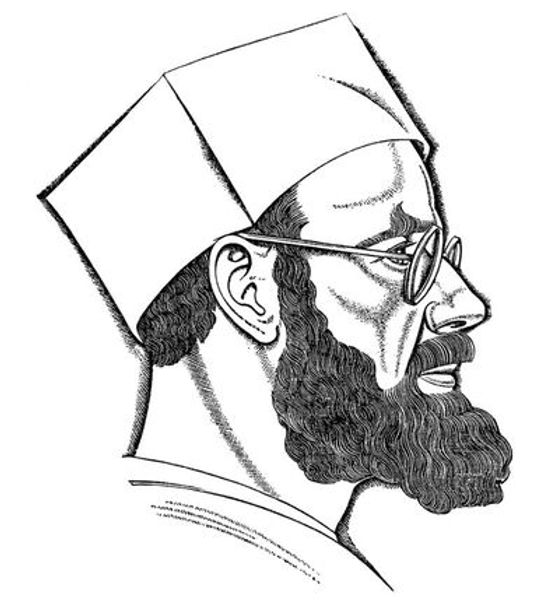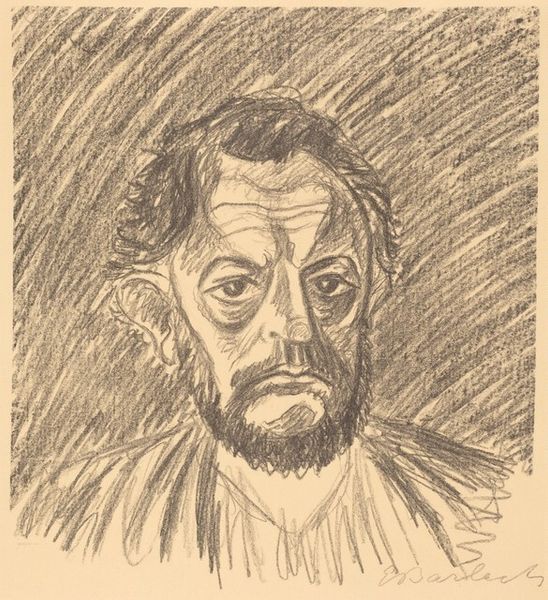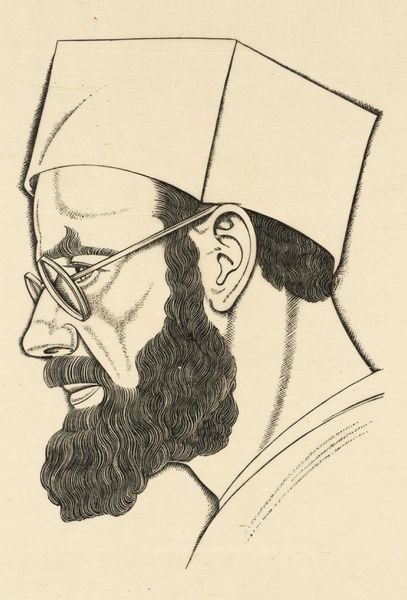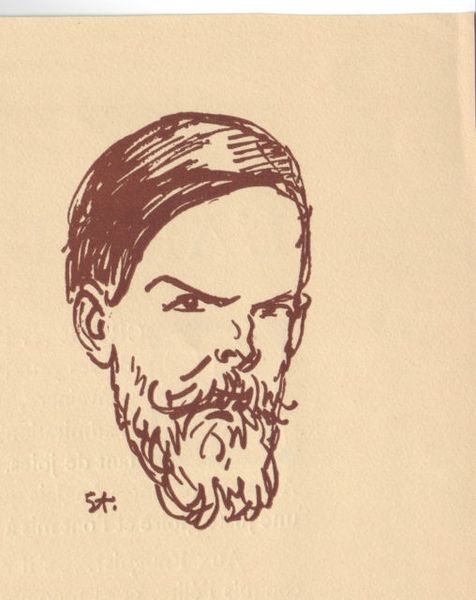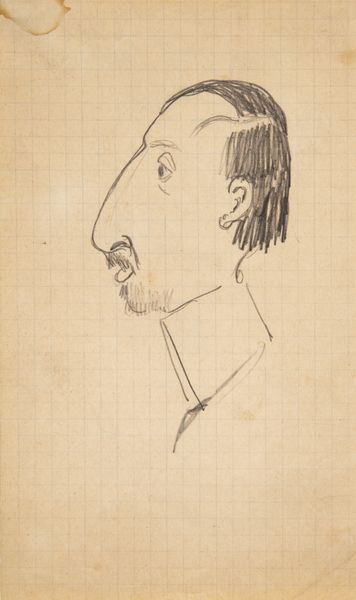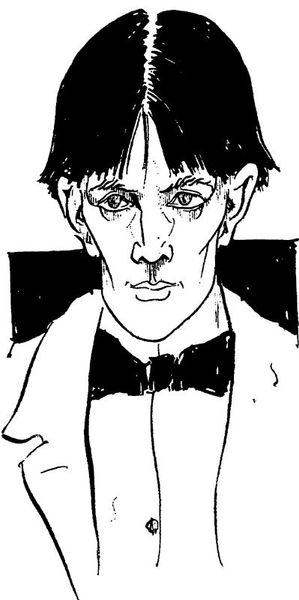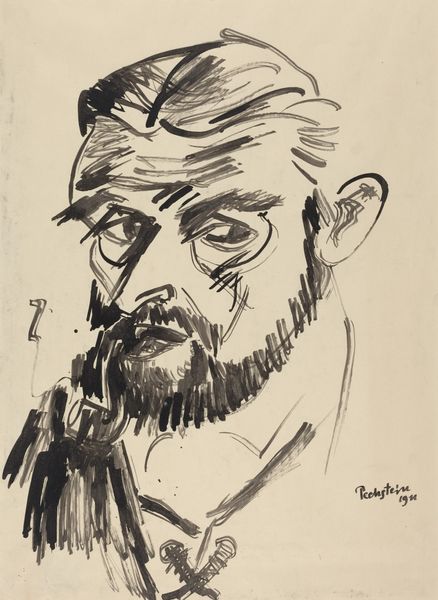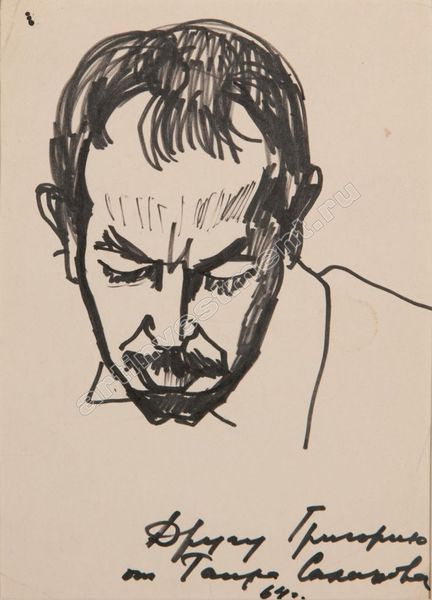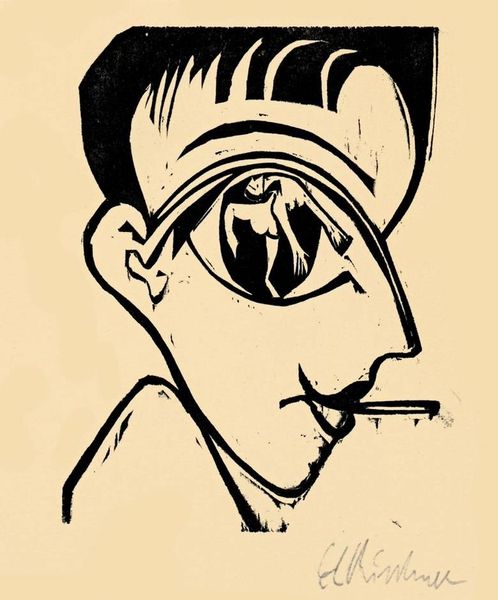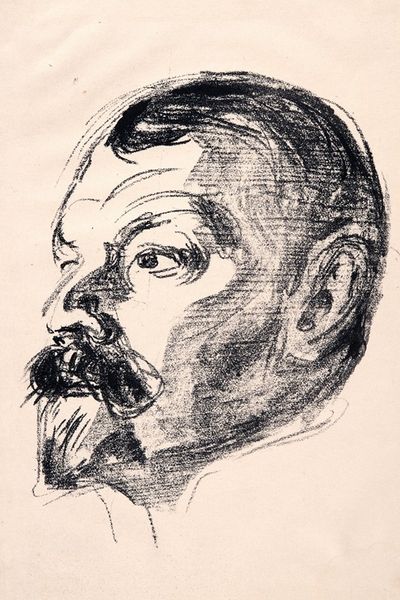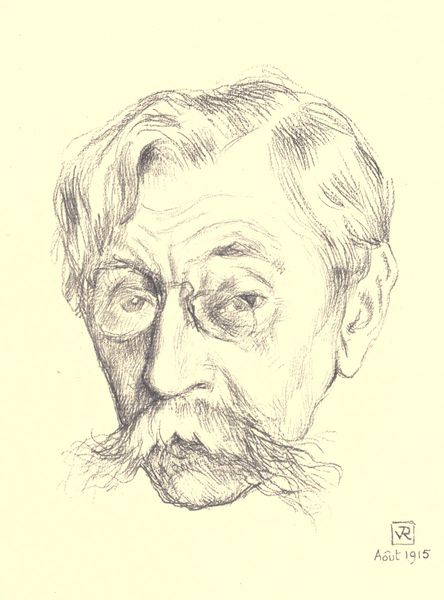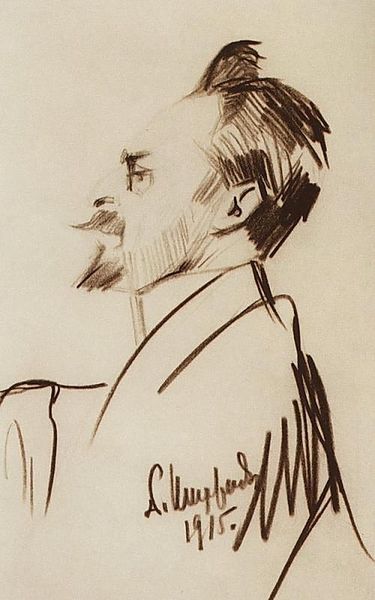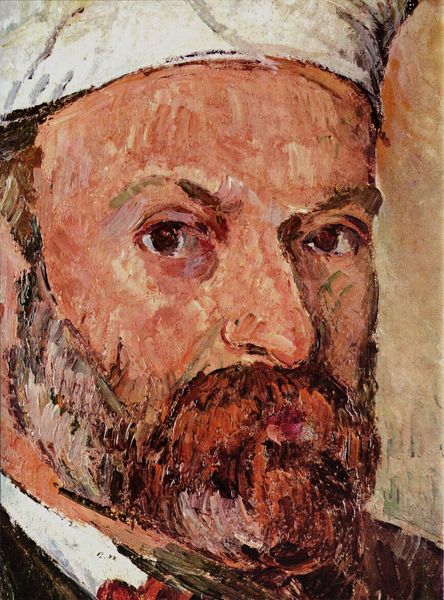
drawing, pen
#
portrait
#
drawing
#
caricature
#
caricature
#
pen
Copyright: Public domain
Editor: This is Carl Larsson's 1891 "Self-portrait," a pen drawing with a rather caricatured style. I find its high-contrast and the artist's almost theatrical pose really intriguing. What strikes you most about this piece? Curator: For me, this self-portrait serves as a fascinating document of the artist's self-fashioning within the broader artistic and societal contexts of late 19th-century Sweden. Larsson deliberately uses caricature here, a popular form particularly in periodicals at the time, to engage a wide audience and project a particular persona. Why do you think he chose caricature over a more conventional portrait style? Editor: Maybe he wanted to downplay the seriousness often associated with self-portraits? Or maybe caricature was just his personal style? Curator: Perhaps both! Think about the function of art in public life at this time. Artists like Larsson were increasingly aware of their role in shaping national identity and promoting specific social values. Caricature allowed him to both critique and celebrate aspects of contemporary life. Note how this differs from portraiture intended for wealthy patrons. Editor: That makes a lot of sense. I hadn't thought about the social role influencing the *style* of a self-portrait so directly. Curator: Exactly! The way he presents himself – the clothing, the slightly exaggerated features – it's all a performance aimed at a particular audience. Were there specific artists at the time who he admired and who worked with similar aesthetics, do you think? Editor: Possibly Daumier comes to mind with his political lithographs… I hadn’t quite connected that style to painting, though. Curator: That is interesting, to trace art making at all levels and its cultural roots... I am glad we went through it together!
Comments
No comments
Be the first to comment and join the conversation on the ultimate creative platform.
